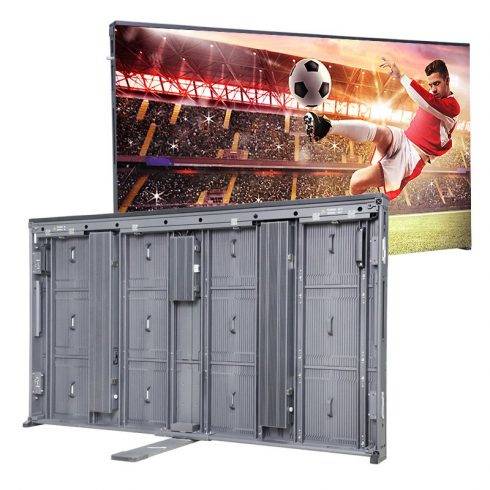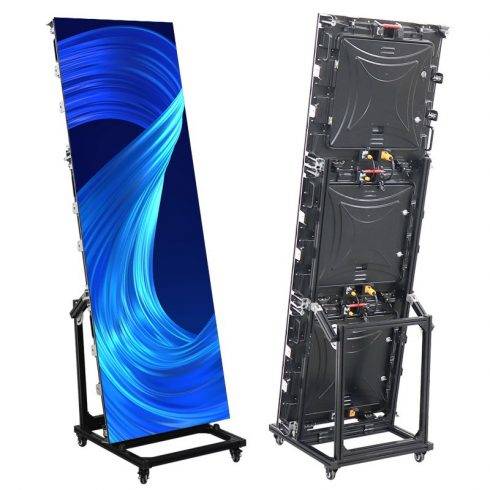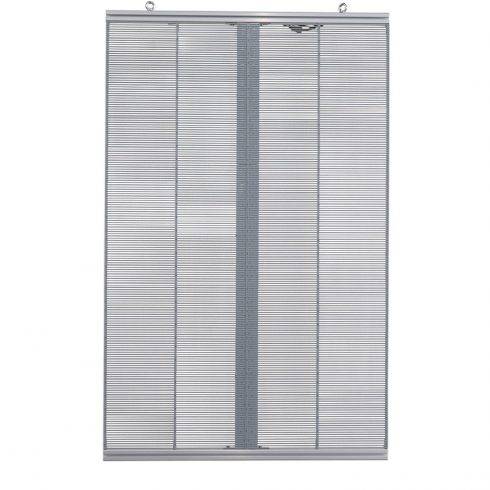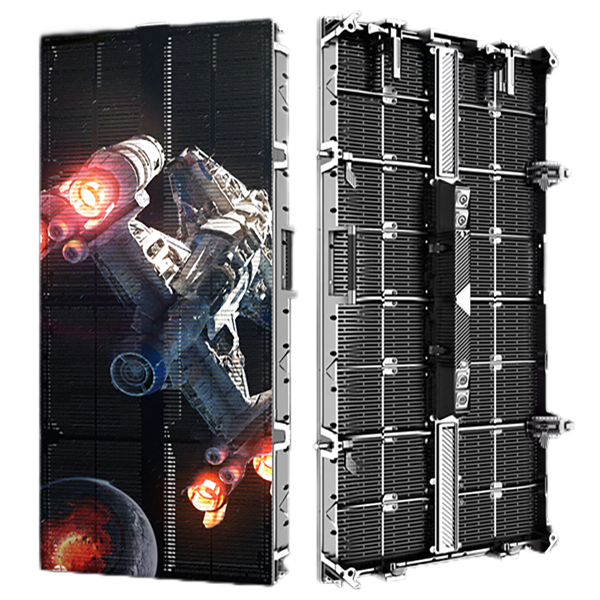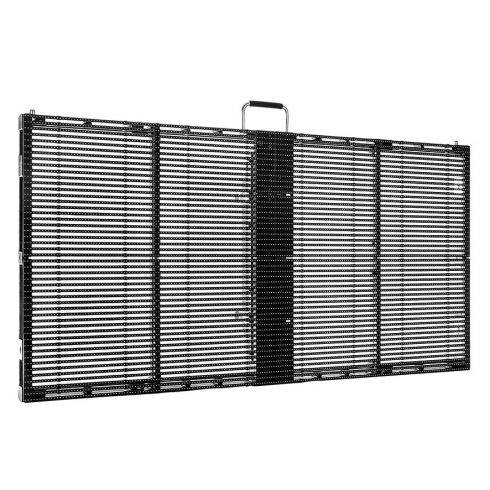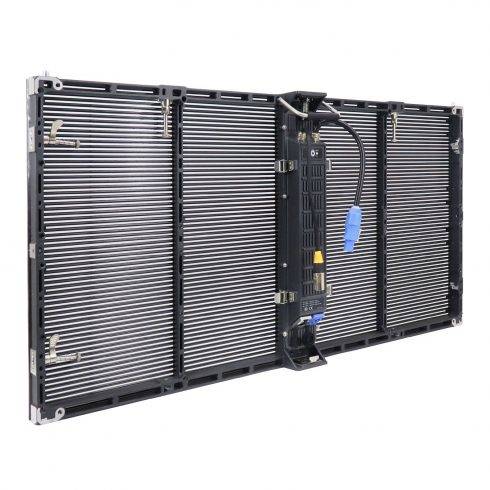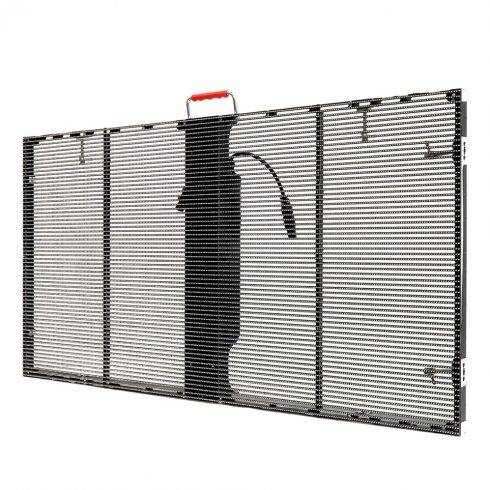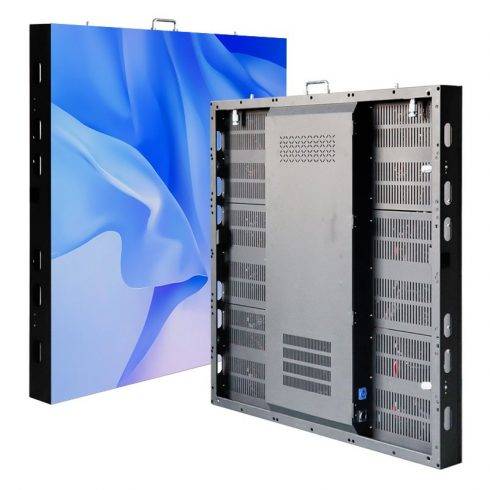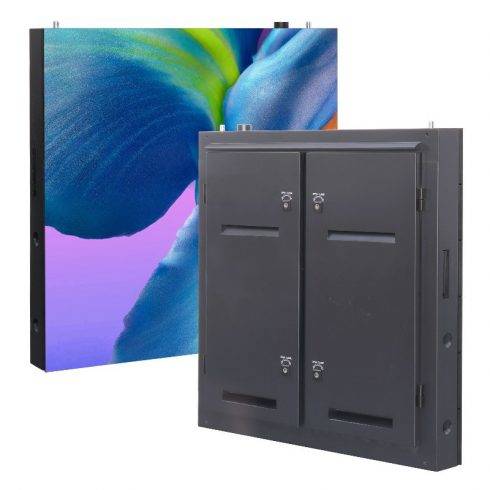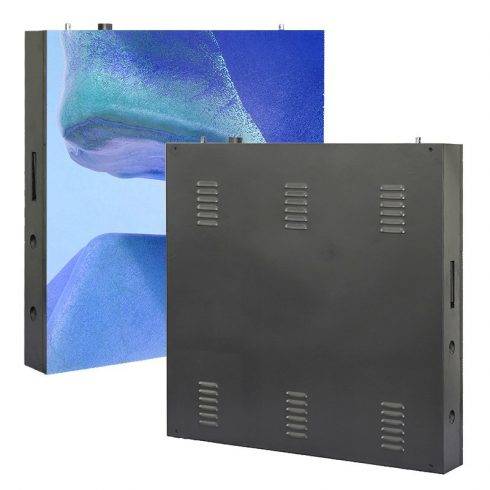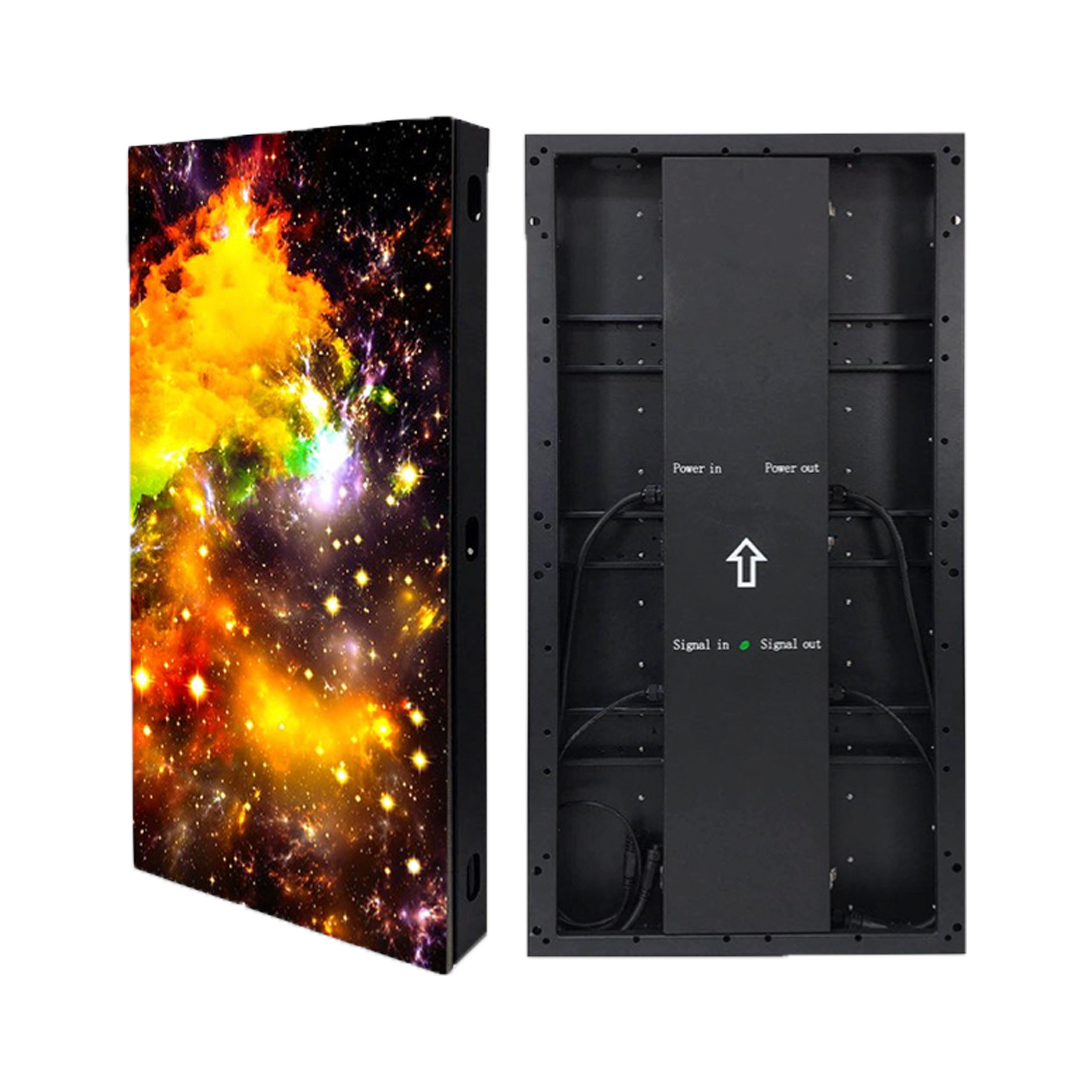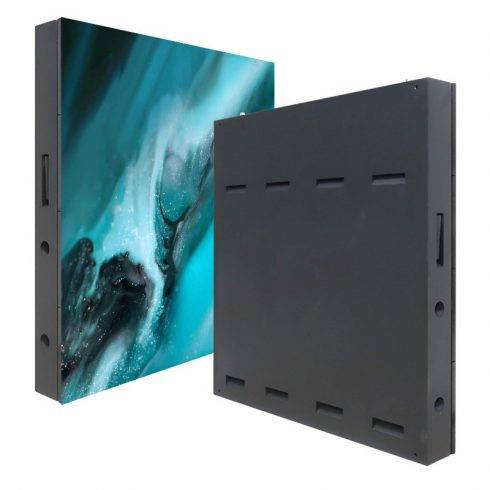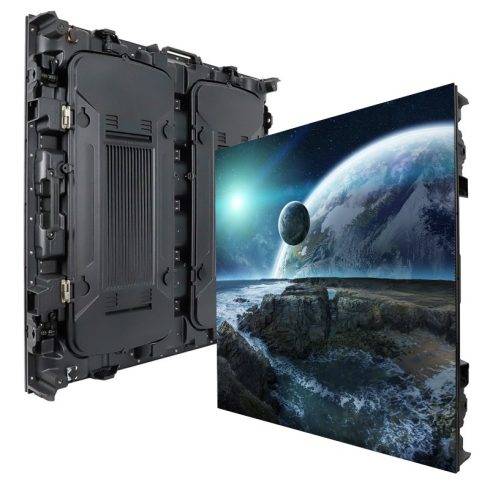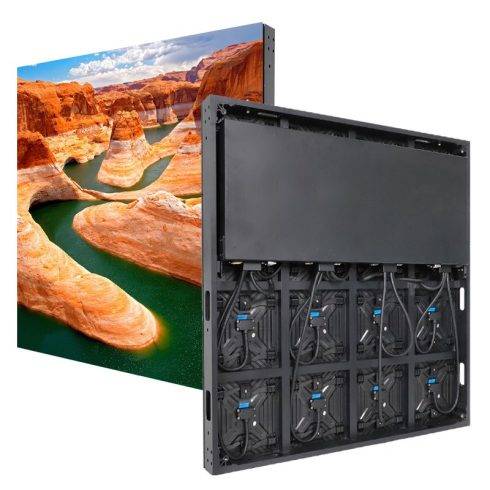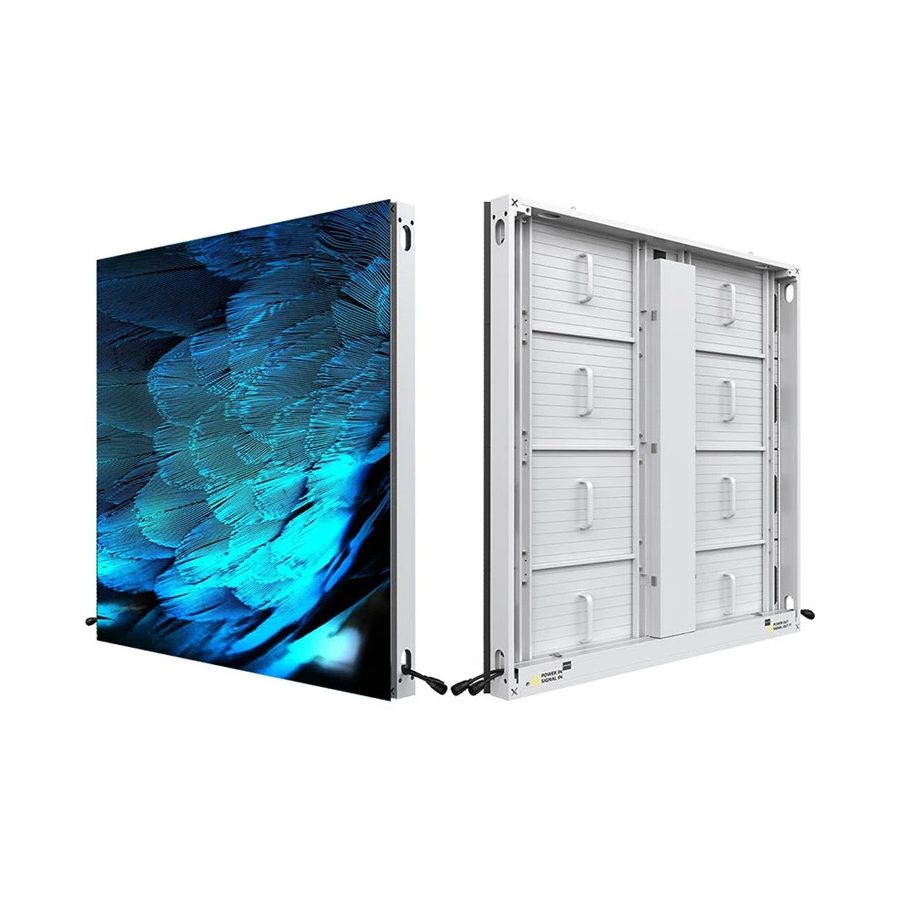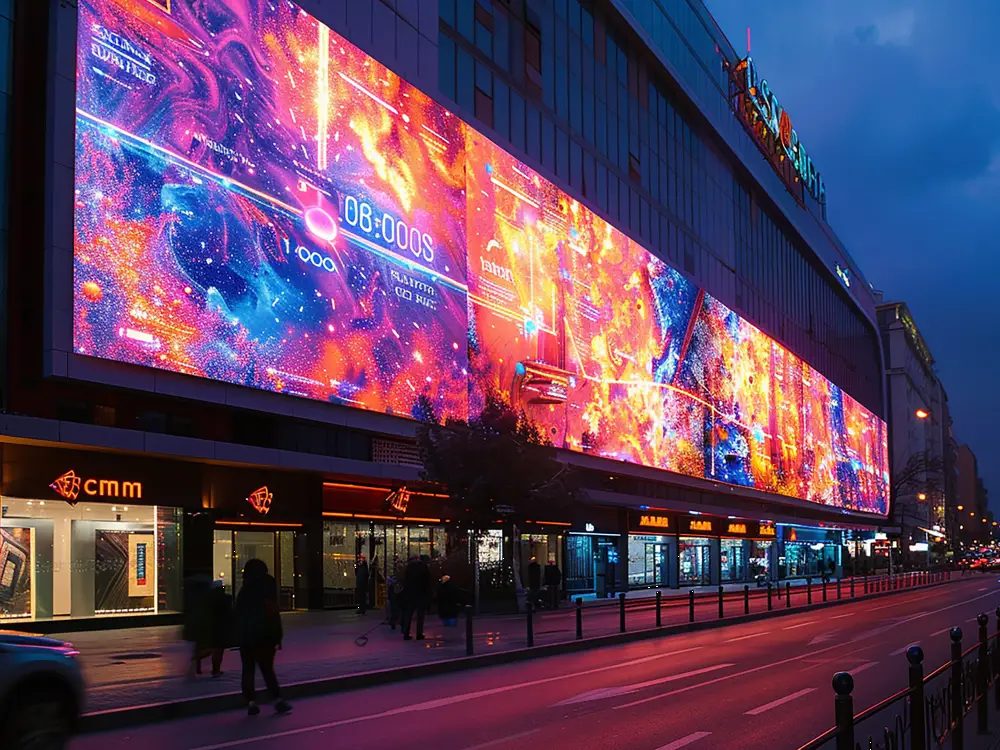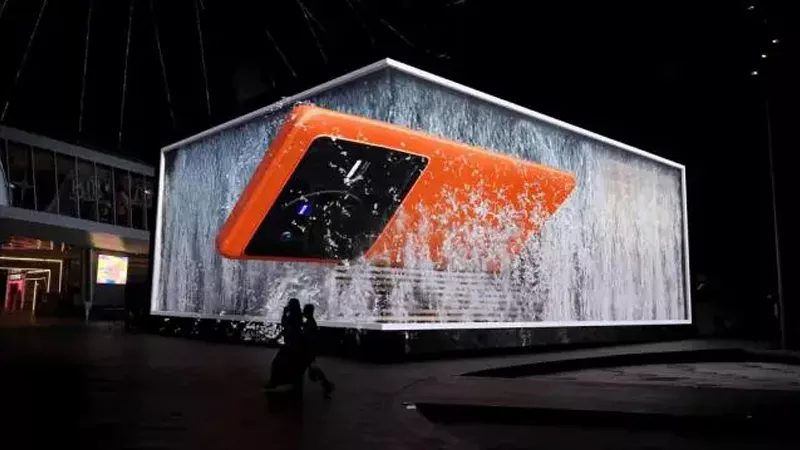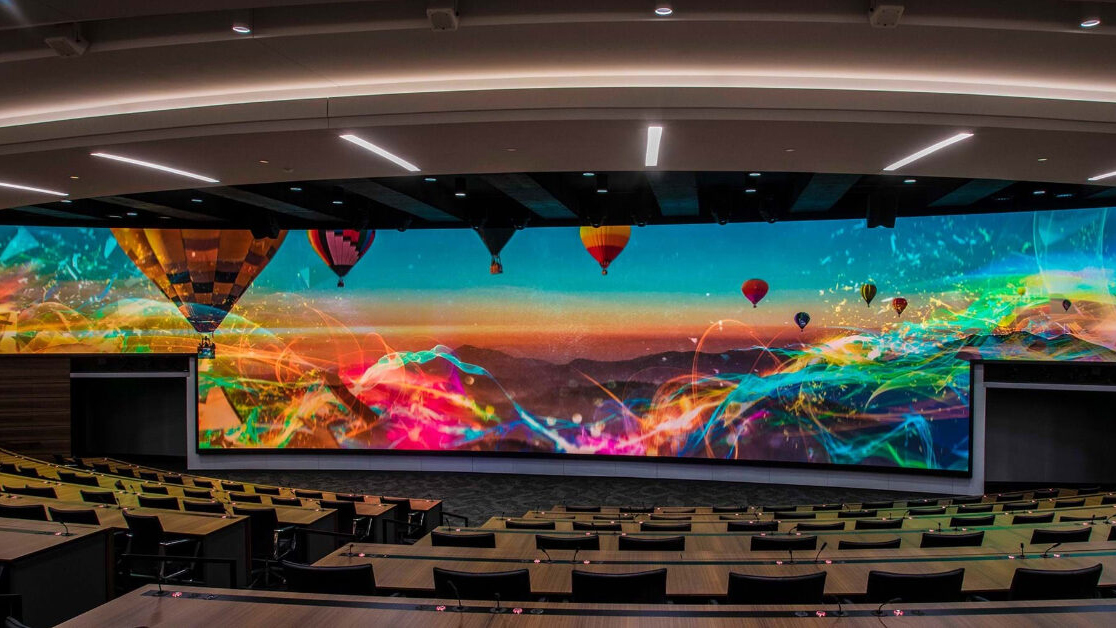In the ever-evolving landscape of film and television production, virtual production has emerged as a groundbreaking innovation. At the heart of this revolution lies the LED wall, a technological marvel that has redefined how visual storytelling is conceived, executed, and experienced. This essay explores the role of LED walls in virtual production, examining their technical aspects, creative potential, and the transformative impact on the entertainment industry.
Understanding Virtual Production and LED Walls
Virtual production is an amalgamation of traditional filmmaking techniques and cutting-edge digital technology. It allows creators to combine live-action footage with computer-generated environments in real-time. LED walls—large-scale, high-resolution video displays made of interconnected panels—serve as dynamic backdrops that replace traditional green screens. These walls, powered by game-engine technology like Unreal Engine, display photorealistic environments that interact seamlessly with live-action elements.
Unlike static green screens, LED walls provide actors, directors, and cinematographers with an immersive visual environment during filming. These walls can render scenes in real-time, adapt to camera angles, and simulate natural lighting, significantly enhancing the authenticity of performances and reducing the reliance on post-production.
The Technical Backbone of LED Walls
At their core, LED walls comprise thousands of individual LED (light-emitting diode) panels. Each panel is a modular unit capable of displaying vivid colors and sharp images. When arranged in a grid, these panels form an expansive canvas capable of rendering detailed 3D environments.
Key technologies driving LED walls include:
- High Pixel Density: The resolution of an LED wall is critical for creating lifelike visuals. High pixel density ensures that images remain sharp even at close range, preventing pixelation and enhancing realism.
- Real-Time Rendering: Game engines like Unreal Engine or Unity enable LED walls to render 3D environments instantly. These engines use powerful GPUs to process data, adjust perspectives, and create photorealistic imagery based on the camera’s position and movement.
- Camera Tracking: Integrated camera tracking systems synchronize the virtual environment with the physical camera’s movements. This creates a parallax effect, where the background adjusts dynamically, mimicking the depth and perspective of real-world locations.
- Dynamic Lighting: LED walls double as lighting sources, casting naturalistic reflections and shadows onto actors and props. This eliminates the need for extensive lighting setups, simplifying the production process while enhancing visual coherence.
Creative Applications of LED Walls
The introduction of LED walls has unlocked unprecedented creative possibilities for filmmakers. These applications span across genres and styles, enabling storytellers to push the boundaries of imagination.
- Immersive Worldbuilding: LED walls allow filmmakers to create intricate, otherworldly landscapes that would be impractical or impossible to construct physically. From alien planets to historical settings, the versatility of LED walls enables seamless transitions between diverse environments.
- Dynamic Scene Changes: Traditional sets often require significant time and resources to modify. With LED walls, scene changes are as simple as loading a new digital environment. This flexibility accelerates production schedules and reduces costs.
- Improved Actor Performance: Actors often struggle to deliver convincing performances against green screens due to the absence of visual references. LED walls provide a tangible environment, helping actors immerse themselves in the story and interact more naturally with their surroundings.
- Previsualization and Iteration: Directors can experiment with different compositions, lighting setups, and camera angles in real-time. This iterative process enhances creative decision-making and minimizes costly reshoots.
Benefits Beyond Creativity
In addition to expanding creative horizons, LED walls offer several practical advantages:
- Cost Efficiency: While the initial investment in LED wall technology is substantial, the long-term savings are significant. Virtual production reduces the need for location shoots, travel expenses, and elaborate physical sets.
- Sustainability: By minimizing the reliance on physical sets and reducing travel, LED walls contribute to more environmentally friendly production practices. This aligns with the growing emphasis on sustainability in the entertainment industry.
- Reduced Post-Production Workload: Traditional green screen setups require extensive post-production to composite digital backgrounds. With LED walls, much of this work is done during filming, streamlining the production pipeline.
- Enhanced Flexibility: Weather conditions, time constraints, and logistical challenges often complicate location shoots. LED walls allow filmmakers to recreate any environment within the controlled confines of a studio, ensuring consistency and reliability.
Case Studies: Success Stories of LED Wall Integration
Several high-profile productions have demonstrated the transformative potential of LED walls in virtual production:
- The Mandalorian: The groundbreaking Disney+ series pioneered the use of LED walls, referred to as “The Volume,” to create immersive environments for its sci-fi narrative. The technology allowed the production team to render vast alien landscapes and intricate interiors with stunning realism.
- The Batman: Matt Reeves’ 2022 film utilized LED walls to capture Gotham City’s moody, atmospheric aesthetic. The dynamic lighting capabilities of LED walls enhanced the film’s noir-inspired visuals, creating a seamless blend of real and virtual elements.
- Ford v Ferrari: Although primarily a historical drama, the film employed LED walls to recreate high-speed racing sequences. This approach provided a safe, controlled environment while delivering exhilarating visuals.
Challenges and Limitations
Despite their advantages, LED walls are not without challenges. High upfront costs can be prohibitive for smaller productions, and the technology requires skilled operators and technicians to achieve optimal results. Additionally, maintaining image quality and preventing moiré patterns (an interference effect caused by overlapping textures) can be technically demanding.
Moreover, as with any emerging technology, there is a learning curve for filmmakers accustomed to traditional production methods. Adapting workflows to integrate LED walls effectively requires time, training, and collaboration between departments.
The Future of LED Walls in Virtual Production
The rapid advancement of LED wall technology signals a promising future for virtual production. As hardware becomes more affordable and accessible, smaller studios and independent filmmakers will gain opportunities to experiment with this innovative approach. Additionally, advancements in AI and machine learning may enhance the realism of rendered environments, further blurring the line between real and virtual worlds.
Emerging trends include curved and wraparound LED walls, which create a more immersive experience by enveloping the set in a 360-degree digital environment. Innovations in HDR (High Dynamic Range) and wider color gamuts will also improve the quality of visuals, enabling even greater fidelity.
Conclusion
LED walls have redefined the art of storytelling in the digital age, offering filmmakers unparalleled creative freedom and efficiency. By bridging the gap between physical and virtual production, these luminous canvases have set a new standard for immersive filmmaking. As the technology continues to evolve, it holds the potential to revolutionize not only the entertainment industry but also fields like advertising, education, and live events. In illuminating innovation, LED walls are more than just a tool—they are a gateway to infinite possibilities in visual storytelling.







